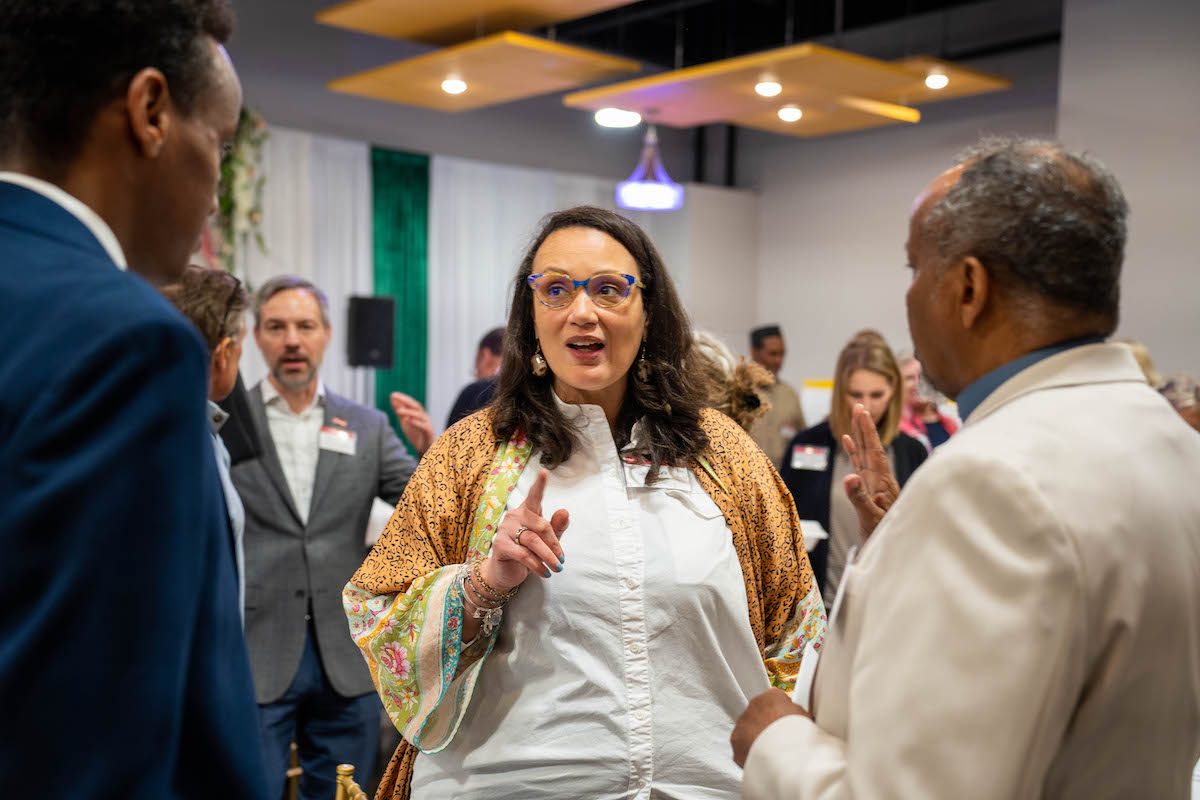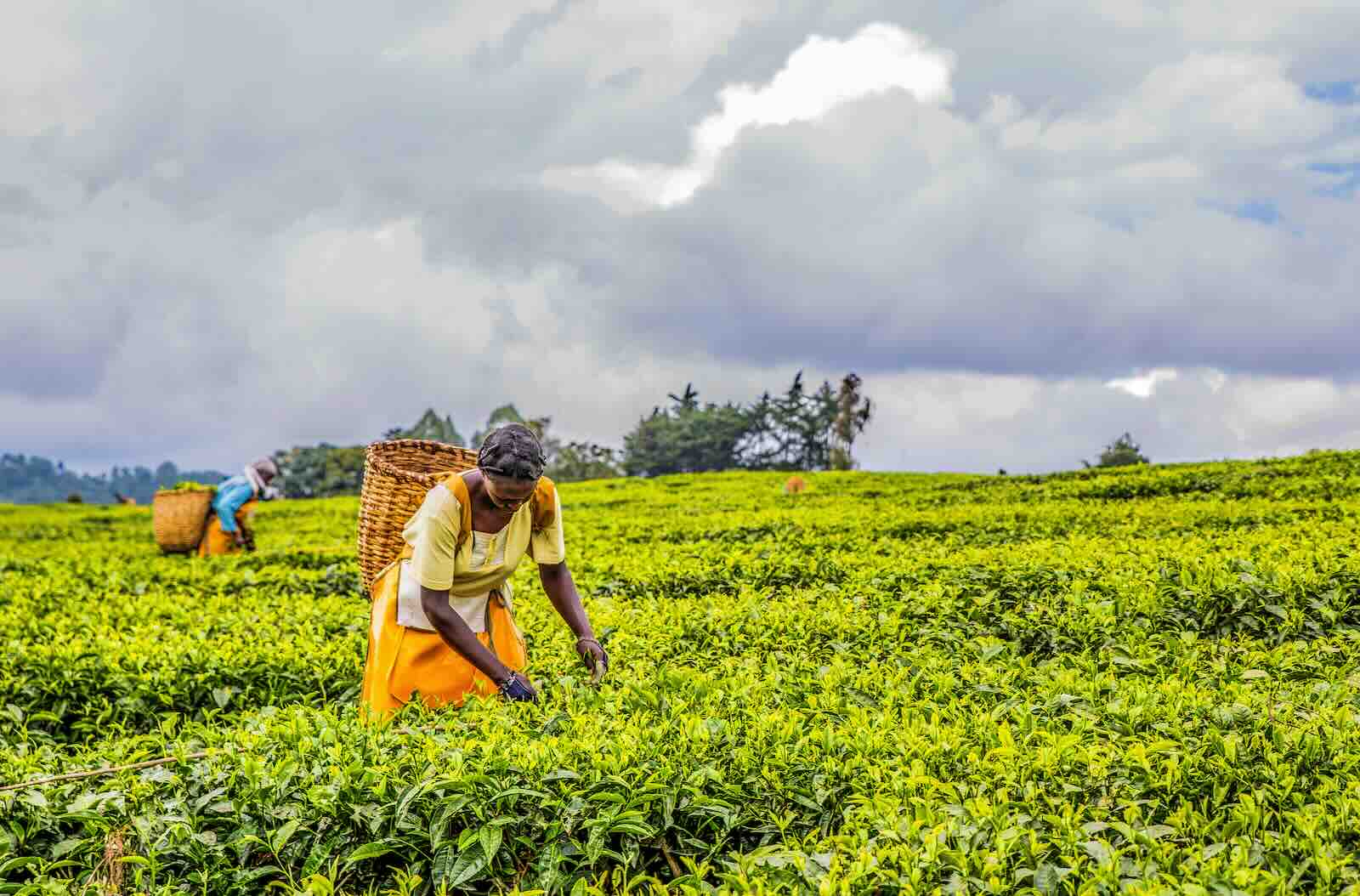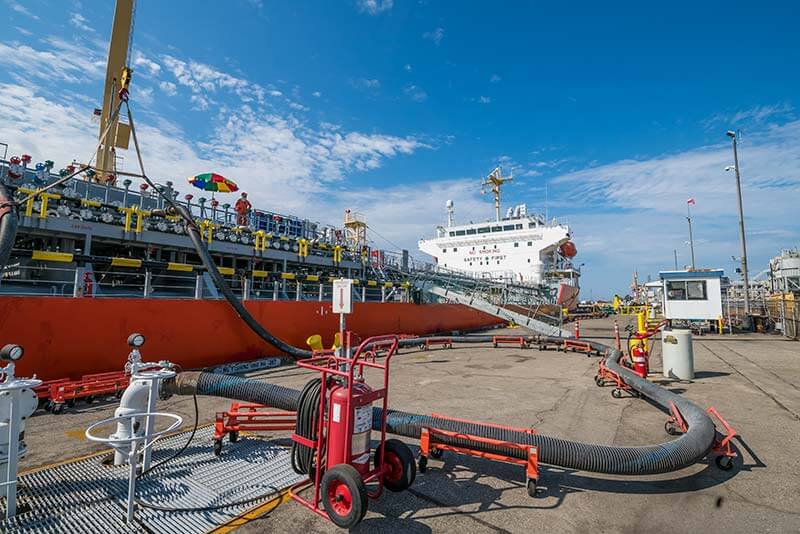TGIF, Agents of Impact!
Follow the impact. It’s clear, after nearly 200 Agents of Impact stay tuned into a conference call on measuring and managing for impact: wonky is in. A standout roster of “Special Agents” made sense of the changing landscape. Many thanks to Maryanne Hancock of Y Analytics, Impact Management Project’s Clara Barby, Wharton Social Impact’s Michael Brown, Echoing Green’s Liza Mueller, Tideline’s Ben Thornley, Global Impact Investing Network’s Kelly McCarthy and Stephanie Kater of Bridgespan for joining ImpactAlpha’s Agents of Impact Call No. 7.
We’ll post a full write-up next week. Quick takeaways: From early-stage ventures to global corporations, investors and operators can no longer say they don’t have tools to manage impact. New approaches are lifting up stakeholder, er customer, voices. Data is rolling up into evidence about what works and how. Larger checks are being written, as optimizing for impact becomes a path to success. Follow the impact.
– Dennis Price, editorial director
Featured: The Brief’s Big 9
1. Prudential blends $100 million to finance communities of color in Memphis, New Orleans and Atlanta. The Newark, N.J. financial services giant is building on lessons from decades of investing in its hometown to try to close the racial wealth gap in three southern cities. Prudential Financial’s $100 million commitment to Memphis, New Orleans and Atlanta aims to “really help entrepreneurs and others achieve financial wellness and economic mobility,” Prudential’s Daryl Shore told ImpactAlpha. To reduce Prudential’s risks, the Invest4All initiative has $20 million in investment guarantees from the Annie E. Casey and Kresge foundations. The intent: to help Prudential stretch beyond its customary boxes and underwrite projects that can move the needle for communities of color. Place-based, blended finance with a racial-equity lens. An impact trifecta.
2. Equilibrium Capital’s $100+ million stake in indoor food production. Vertical farms grab headlines. Ground-level greenhouses are “a practical—at-scale—and closed-loop use of our natural resources,” says Dave Chen of Portland-based Equilibrium, which has taken equity stakes of more than $100 million in three big facilities in California, Utah, and Minnesota that collectively cover about 200 acres. With natural light, water savings, improved working conditions and predictable, year-round production, “This is economically driven sustainability,” Chen told ImpactAlpha. Dig in.
3. Trusted journalism is a competitive advantage for Media Development Investment Fund. A new $13 million private-equity fund is placing bets on reliable news businesses in countries where the free press is under pressure but emerging middle classes clamor for news, including Indonesia, India, Brazil and Peru. Such opportunities are undervalued even by impact investors, says Media Development Investment Fund’s Harlan Mandel. “The competitive advantage of the companies we’re working with is trust,” Mandel told ImpactAlpha. The firm’s other big bet: MDIF is pegging its carried-interest compensation to the fund’s impact performance. Carry, meet “impact carry.” Read all about it.
- Extra! Rise Fund and Elevar co-invest in The Better India’s positive news platform.
4. Ceniarth’s Diane Isenberg: “I am a gender lens investor.” The $400 million family office deployed over $40 million last year in rural-livelihood investments attentive to gender and power dynamics. But Ceniarth’s founder and director Diane Isenberg only recently declared herself a “gender-lens investor.” In a post for ImpactAlpha, Isenberg lays out Ceniarth’s gender-lens strategy, around women as customers, women as leaders, and Ceniarth’s own women-led team. “We have a leadership role to play in the field,” Isenberg writes. Gender smart.
5. BP agrees to align ‘capex’ with climate goals. Growing splits in every industry, including oil, are revealing leaders and laggards in the transition to the low-carbon economy. BP, under pressure from global pension funds, agreed to recommend a ‘Yes’ vote on a shareholder resolution to align its capital-expenditure, or capex, with the Paris climate accord. Together with Shell’s agreement, also under institutional pressure, to link short-term carbon emission reductions with executive pay, the move signaled a deepening divide between European oil and gas majors and most U.S. oil companies. Institutional shifts.
6. Agent of Impact: Bertrand Badré, Blue Like an Orange Sustainable Capital. The former chief financial officer of the World Bank published a book last year, “Can Finance Save the World,” with prescriptions for mobilizing global capital for climate action, poverty reduction and other Sustainable Development Goals. The World Bank faces a leadership transition, but Badré has long since moved on to pursue his ambitions from the outside. His Blue Like an Orange team has raised its first $100 million to make loans to companies and financial institutions in Latin America. Its second investment is $30 million in mezzanine debt for Cabify, a Spanish ride-hailing service with a presence in nine Latin American countries and an emphasis on driver and rider safety. Its first investment was a $20 million loan to Ecuadorian small business lender, Produbanco. Both deals are co-investments with the Inter-American Development Bank, part of Blue Like an Orange’s strategy to bridge public and private finance. Badré’s book lays the blame for the Great Recession at the foot of global finance, but pleads for another chance. “When used intelligently with benevolence and inventiveness, finance can accomplish great things,” he writes. “It is without a doubt a poor master, but what a wonderful servant!” Follow ImpactAlpha on Instagram.
- Recall: “New financial products start to scale investments in Sustainable Development Goals”
- Weekly roundup. Follow the talent with ImpactAlpha’s weekly report on career moves, job openings, events and opportunities.
7. Deals of the week. Drink from the deal firehose all week long on ImpactAlpha.com. A few that stood out:
- Impact enablers. TechSoup gets a boost from Microsoft Philanthropies… Socialsuite raises $1.85 million for impact-tracking software.
- Access to finance. C4D Partners readies $30 million for small businesses in Asia… India’s Annapurna Finance to expand lending to rural women… Canadian engineers help FarmDrive expand smallholder farmer lending… Orange’s venture fund backs fintech startup Aire.
8. Private capital falls short in ‘blended finance’. For all the hype, “blended finance is not (yet) realizing its full promise,” write Dalberg’s Paul Callan and Hafsa Anouar in a guest post on ImpactAlpha. In theory, blended finance should leverage limited public financing to “crowd in” many times that amount in private capital. In practice, such leverage has been limited, according to a Dalberg review of 117 such blended financing deals. Overall, each dollar of public funding generated only about 79 cents of private investment. The findings challenge rosy predictions that blended finance can help close the funding gap to achieve the U.N.’s Sustainable Development Goals in developing countries. Better blending.
9. Impact principles for Opportunity Zone investing. A new voluntary reporting framework for Opportunity Zone investing from the U.S. Impact Investing Alliance and the Beeck Center at Georgetown University includes a set of “first principles,” including engagement with low-income and underinvested communities, equitable community benefits, and transparency and measurement around impact objectives and outcomes. The framework was launched at Sorenson Impact Center’s Winter Innovation Summit this week in Salt Lake City. The Center’s new “Opportunity Zones Catalyst Challenge” will use the framework to highlight cities and states, as well as fund managers and investors, that are using the tax-advantaged investments to drive social and environmental impact. Optimize impact.
- What to watch: Treasury’s next hearing on rules governing Opportunity Funds is scheduled for Thursday, Feb. 14 at 10am.
- Follow the talent. Chris Slevin, who has been New Jersey Sen. Cory Booker’s legislative director, and Enterprise’s Rachel Reilly both joined Economic Innovation Group, which championed the Opportunity Zone legislation.
— February 8, 2019.











